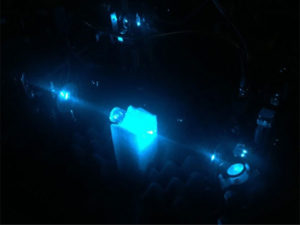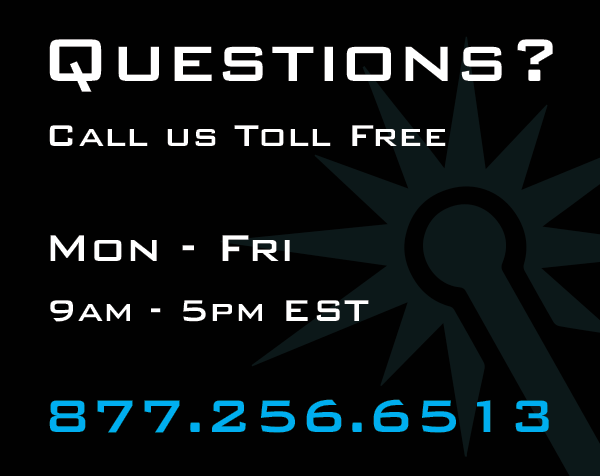Laser technology has come a long way since it’s theoretical conception. Now, lasers are capable of astounding things and we find them in our every day lives as well as being an integral part of infrastructure mainstays that keep the world running smoothly and efficiently. From communication, transfer of data, computers, smart phones, wifi, health devices, medical surgery equipment, high power laser pointers, and stand alone beam diodes for research; the range of laser technology is continuing to grow. So, if you are conducting different forms of research, be that for a university, a company, a pharmaceutical conglomerate, quantum AI, or any other number of high level science; a high stability laboratory laser is a must to start and complete your research.
What Does High Stability RMS/hrs Mean?
So, when researching about different types of lab lasers and research focused light devices, you will see some technical specifications that at first glance may not seem so straight forward. One of those is RMS/hrs. To put it simply, an RMS/4hr rating of 5% means that over the course of 4 hours of consistently being on and active, the laser will only change up to 5% of its power. So it if is a 100mW 671nm high stability red laser at 5% RMS/4hr it will only go upwards or downwards 5mW over the course of 4 hours. A 10% RMS/4hr’s is a 10% potential fluctuation, and so on and so forth for 3% and 1%. Costs will change for different units as the more stable units of 1% power stability being higher in cost than 3%, 5% or 10%. Knowing the specific requirements your research needs will help you make the right decision and ensure you’re getting the right laser for the job.
Wavelengths On The Light Spectrum
Not all laser focused research will require a beam that is visible to the human eye. In fact, much of the research being done utilizes wavelengths in the UV (ultra-violet) and IR (infrared) spectrum’s that are not visible to the human eye without special equipment. While much research is done using invisible light, other research will require a visible beam and the visible light spectrum has every single color in the universe within it.
All of the colors that we see are specific nanometer wavelengths which signifies the actual size of the wavelength itself, from longer to shorter (same goes for UV and IR). The nanometer (nm) number that goes along with any laser signifies the specific color or frequency it will be. But be sure to get very specific as there are multiple frequencies for nearly every visible color. For example, the most common green wavelength is 532nm the brightest color to the human eye, but it so is 540nm and others at that range. As green moves closer to yellow it starts to shift, for example 561nm is yellow, and so on and so forth. So get specific, the more specific the better for your research.
Milli-Watt (mW) Output Power
This will be another important marker for your research. Since nearly every university on earth has a science department with some variety of laser in it for some aspect of research, having the right power will be important. Now, some of the more advance lasers will offer you the ability to control the power and this is something that you should always consider. If one experiment requires 100mW, where as another experiment requires 1,000mW or 1 Watt, having the ability to just manually change the power as opposed to buying a new laser outright will help you within your budget and offer more opportunities for different kinds of research.
Utilizing Laser Safety Goggles For Research
This is always a must whenever using lasers for any application let alone research. Often you will need to look at the beam and a target that you are exposing to the laser light. Many experiments require high power lasers and that light will not always be visible to the human eye. If you have an infrared laser at 2,000mW, it is incredibly powerful and can actually burn the skin. So think of what that can do to unprotected eyes that do not even realize they are receiving exposure? It is not good. So, be sure that you are always using specific laser safety goggles that are tuned to the exact frequency of within that range of your laser. For example, if you’re using IR laser light, make sure that the goggles protect a range of at least 800nm-2200nm. Or, specifically 1064nm if you’re using a 1064nm laser and so on and so forth. Getting data is obviously important but doing so in a safe and repeatable manner is equally as if not more important.
Getting started with a specific project doesn’t have to be too difficult as long as you have the right information and the right tools. For the best options and quality High Stability Lab Lasers For Research, look no further than nearly 20 years of expertise in all things lasers, right here at BigLasers.com call or email today: 877-256-6513






